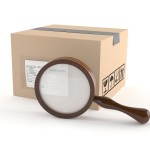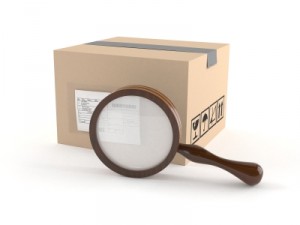 In the last years, I have seen many people try to use
In the last years, I have seen many people try to use dpkg --build to create Debian packages. Indeed, if you look up dpkg’s and dpkg-deb‘s manual pages, this option seems to be what you have to use:
-b, --build directory [archive|directory]Creates a debian archive from the filesystem tree stored in
directory.directorymust have a DEBIAN subdirectory, which contains the control information files such as the control file itself. This directory will not appear in the binary package’s filesystem archive, but instead the files in it will be put in the binary package’s control information area.
And indeed, dpkg-deb is what ultimately creates the .deb files (aka binary packages). But it’s a low-level tool that you should not call yourself. If you want to properly package a new software, you should rather create a Debian source package that will transform upstream source code into policy-compliant binary packages.
Creating a source package also involves preparing a directory tree (but with a “debian” sub-directory), it’s probably more complicated than calling dpkg -b on a manually crafted directory. But the result is much more versatile: the tools used bring value by dynamically analyzing/modifying the files within your package (for example, the dependencies on C libraries that your package needs are automatically inserted).
If this is news to you, you might want to check out the New Maintainers’ Guide and the Debian Policy.
Found it useful? Be sure to not miss other packaging tips (or lessons), click here to subscribe to my free newsletter and get new articles by email.
 Being able to rebuild an existing Debian package is a very useful skill. It’s a prerequisite for many tasks that an admin might want to perform at some point: enable a feature that is disabled in the official Debian package, rebuild a source package for another suite (for example build a Debian Testing package for use on Debian Stable, we call that backporting), include a bug fix that upstream developers prepared, etc. Discover the 4 steps to rebuild a Debian package.
Being able to rebuild an existing Debian package is a very useful skill. It’s a prerequisite for many tasks that an admin might want to perform at some point: enable a feature that is disabled in the official Debian package, rebuild a source package for another suite (for example build a Debian Testing package for use on Debian Stable, we call that backporting), include a bug fix that upstream developers prepared, etc. Discover the 4 steps to rebuild a Debian package. Most Debian packages are managed with a version control system (VCS) like git, subversion, bazaar or mercurial. The
Most Debian packages are managed with a version control system (VCS) like git, subversion, bazaar or mercurial. The  In the comments of the article explaining
In the comments of the article explaining